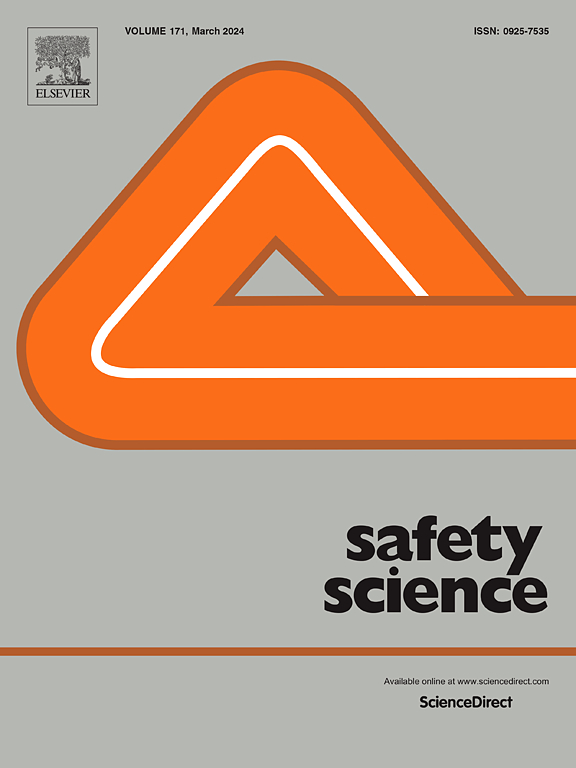Analysis of fall accidents at work: The case of Cyprus (2010–2019)
IF 4.7
1区 工程技术
Q1 ENGINEERING, INDUSTRIAL
引用次数: 0
Abstract
‘Falls at work’ is the most common cause of accidents and the leading cause of fatal accidents, especially in high-risk economic activities such as Construction. Loss of human life – as a result of an occupational accident − is unacceptable; therefore, accident investigation is of utmost importance, seeking to identify causes and point towards the measures for the elimination of potential consequences. The main aim of this study is to analyse the recorded data of the Department of Labour Inspection of Cyprus for the fall accidents from 2010 −2019. The findings reveal factors contributing to the occurrence of fall accidents at work, considering the personal characteristics of the victim and the economic activity, while providing a better understanding on how organizations’ occupational safety and health maturity level might be improved. The analysis of approximately 20.500 occupational fall accidents indicates that, Construction sector has the most fatal accidents, while Accommodation and Food Service sector has the highest number of non-fatal accidents. This study foresees in adding up to the “Vision Zero” approach, as a crucial preventive tool, while its findings could be considered during the preparation and implementation stage of Occupational Health and Safety Management Systems.
求助全文
约1分钟内获得全文
求助全文
来源期刊

Safety Science
管理科学-工程:工业
CiteScore
13.00
自引率
9.80%
发文量
335
审稿时长
53 days
期刊介绍:
Safety Science is multidisciplinary. Its contributors and its audience range from social scientists to engineers. The journal covers the physics and engineering of safety; its social, policy and organizational aspects; the assessment, management and communication of risks; the effectiveness of control and management techniques for safety; standardization, legislation, inspection, insurance, costing aspects, human behavior and safety and the like. Papers addressing the interfaces between technology, people and organizations are especially welcome.
 求助内容:
求助内容: 应助结果提醒方式:
应助结果提醒方式:


